Oh no, my 3-year-old granddaughter, McKenzie is yelling,” No, no, no,” again and she’s thrown herself on the floor! What a challenging time as a parent and grandparent. Then I had a thought. What has the Dharma taught me?
I came up with a plan. Kenzie loves books and we’ve read together since she was a few months old. Can I find books about emotions for children? How can I teach McKenzie about patience, generosity, persistence, loving-kindness and compassion using our book reading times? I gathered a bunch of books from the library then bought the two I liked the best.
The first book is ‘Peter Panda Melts Down’ by Artie Bennet. It’s perfect for showing the frustrations, in a day, that can trigger strong emotions in children. I was careful not to make Peter “the bad guy”, but rather as someone who has lots of emotions that makes him unhappy.
We would repeat together “Oh, Petey, Petey, Petey” in an affectionate and compassionate way. I also was careful not to make the direct comparison between Petey’s melt downs and McKenzie’s. We just focused on Petey’s behaviors. I bought a stuffed mama and baby Panda. We were able to “talk” to Petey and his mama.
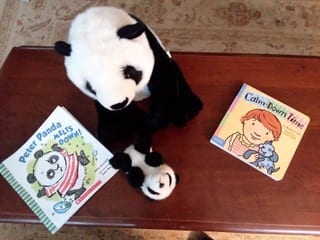
I looked for books that suggest to young children ways to deal with difficult emotions. ‘Calm-Down Time’ by Elizabeth Verdick is great. It acknowledges that we have strong feelings like anger and sadness and disappointment and illustrates ways to work with them.
Some examples are using the breath: Breathe in and out 1-2-3, creating your own quiet, calm-down place, asking for a hug, using your words to explain how you’re feeling.
With these choices and the vocabulary they provided, we were able to read the book to Petey and talk to him with these new ideas. We used the stuffed animal as puppets and Amazon helped me find titles that looked like possibilities. I placed holds on these books with the Westchester Library, role-played different scenarios.
I’m not sure if it helped Petey, but Kenzie began to use the breath 1, 2, 3, sit in her calm-down corner and ask for hugs. Her frequency of melt-downs definitely diminished. All of this was a helpful reminder of how I can share the Dharma in creative, thoughtful ways and that probably the most effective way is to demonstrate, through my behavior, what the qualities of patience, generosity, loving-kindness and compassion look like.
After 18 years of practicing Transcendental Meditation, Leslie Anderson was introduced to Buddhism through the words of Pema Chodron. She went on to study the dharma with the teachers at the Westchester Buddhist Center in Irvington, NY who are students of Trungpa Rinpoche. In 2012 Leslie took her Bodhisattva Vow with Phakchok Rinpoche and she continues to follow both the Kagyu and Nyingma traditions.
Have something to share about your Dharma practice and how it has impacted your life? We’d love to hear from you! Drop us a message at michelle@samyeInstitute.org.


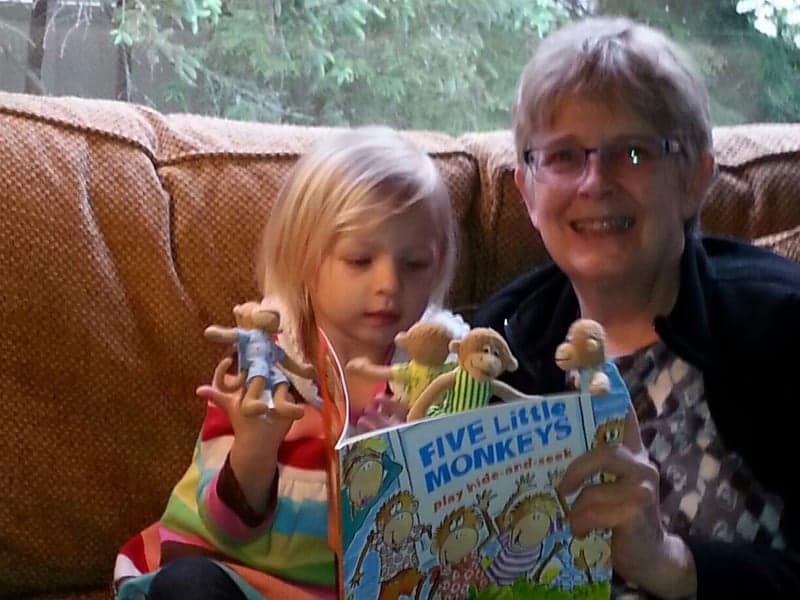

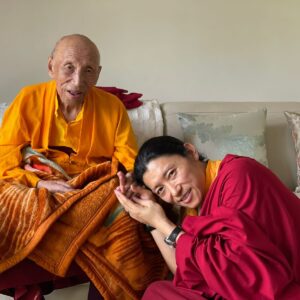
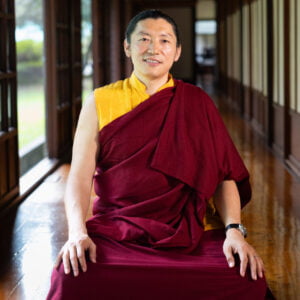
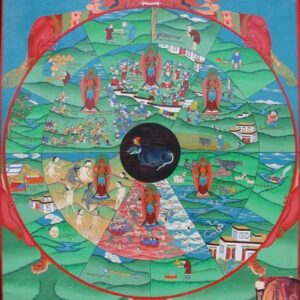
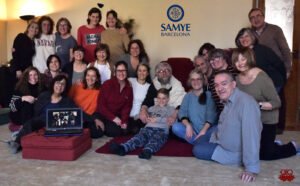


Responses